- 1.Inductor Coil
- 2.Bobbin Coil
- 3.Air Coil
- 4.Self Bonded Inductance Coil
- 5.Miniature coil
- 6.Plastic Electronics Assembly
- 7.Induction Coil
- 8.Sensor Coil
- 9.Hearing aids coil
- 10.Amplifier coil
- 11.Power Switch Coil
- 12.Antenna RFID Coil
- 13.Trigger Flash Coil
- 14.Tag coil
- 15.Toy coil
- 16.Speaker voice Coil
- 17.Wireless Charger Coil
- 18.Solenoid valve coil
- 19.Motor coil
- 20.Tag Inductance Coil
- 21.Antenna Inductance Coil
- 22.Ignition coil
- 23.Hard Disk Driver coil
- 24.IR Cut Inductance Coil
- 25.Transformer Coil
- 26.Access Control RFID
- 27.Plastic

Tel:
+86-799-6652759+86-0769-83517380-806
Mobile:
eva dai +86-18979985376
Vincene +86-15818417261
Irene +86-18273713863
QQ:
eva dai 2741947282
Vincene 2928711977
Irene 3094368671

Your Location : Home > 11.Power Switch Coil inductor coil in power switch GEB145
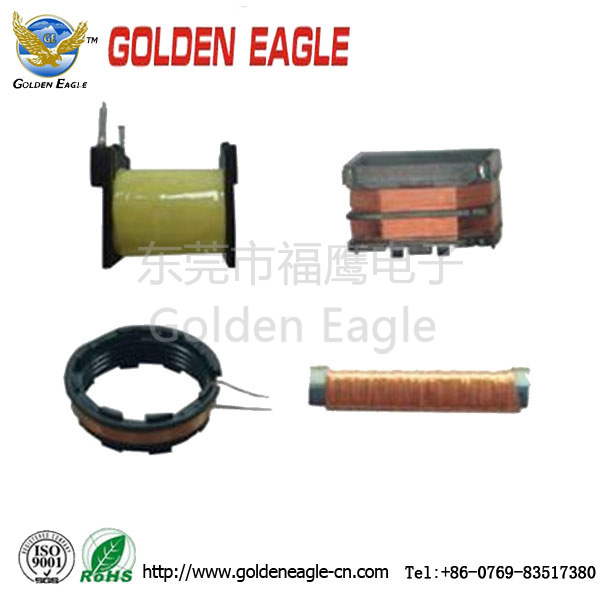

Products Information
| Detail Description of Products | |
| Item | inductor coil in power switch,power plug |
| Application | power plug,attaching plug,battery socket, Mains Leads,power supply |
| Material |
enameled wire ,copper diameter:0.02-0.8 mm passed UL and RHOS polycarbonate,nylon,ABS,polypropylene,UPVC,phenolic resin,glass available |
| Product Shape | square,oval,irregular,air,round etc.(customer design) |
| Price | 0.2~ 1.0 USD high quality,most competitive price (EXW,FOB,CIF,etc.acceptable) |
| Packing | 1000pcs inductor coil per plastic tray / carton box |
| Shipping Style | express(FedEx,TNT,UPS,DHL,EMS.etc),air transport,bus transport,sea transport |
| Product Spec. | (2mm * 10mm )as per customer's request or drawing |
| MOQ | We offer five star service to customers whether your order quantiy is big or small. |
| Place of Origin | Pingxiang,jiangxi/Dongguan,Guangdong China |
| Certification | ISO9001:2008 with ROHS |
Our Factory
 |
|
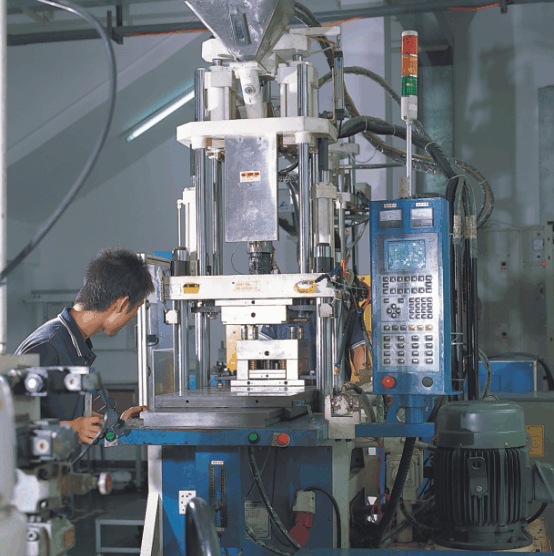 |
 |
 |
 |
Six Spindle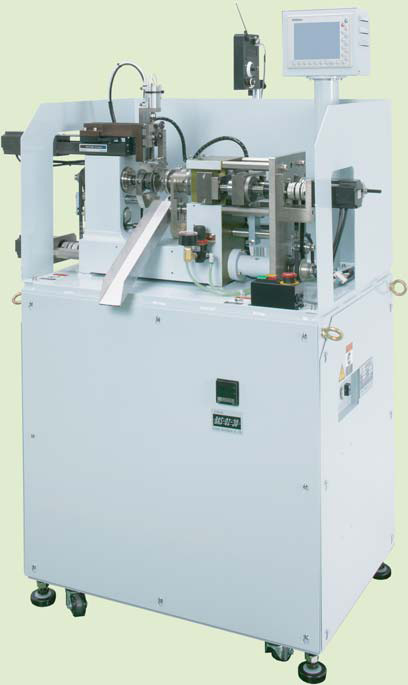 |
Full Automatic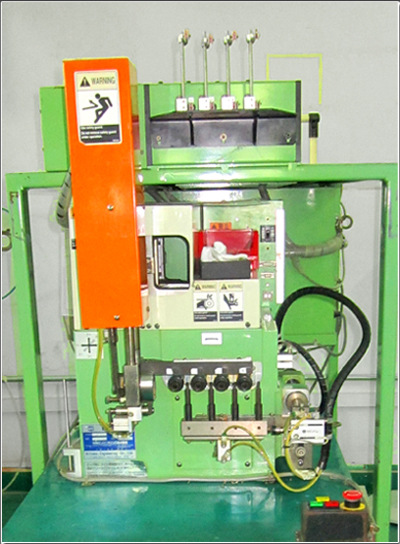 |
Full Automatic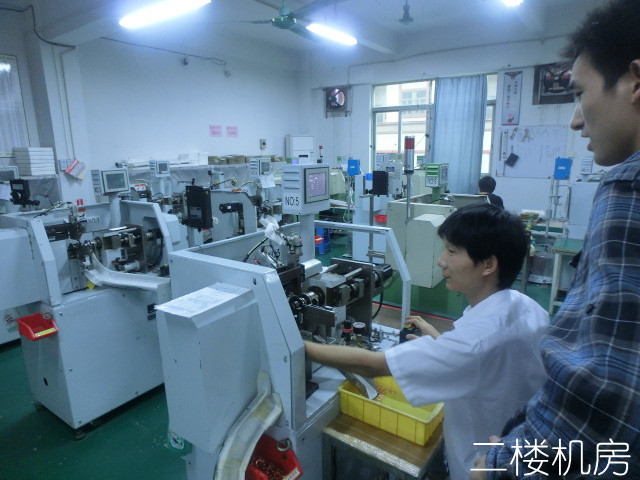 |
Production process
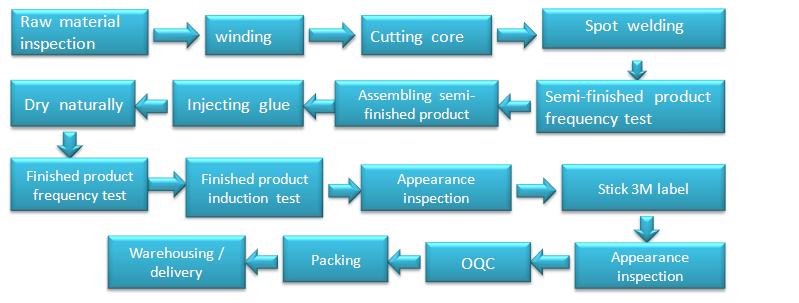
Our Advantages
- Wet Winding Technology
- Self-Bonding Technology
- Precision & Miniature Coil
- Assembly-Solution-Integration
- Provide IPO Service
- Over-mould & Plastic Injection Technology
- 5A Quality Assurance
Induction coil working principle:
1. An induction coil consists of two coils of insulated copper wire wound around a common iron core. One coil, called the primary winding, is made from relatively few (tens or hundreds) turns of coarse wire. The other coil, the secondary winding, typically consists of many (thousands) turns of fine wire.
2. An electric current is passed through the primary, creating a magnetic field. Because of the common core, most of the primary's magnetic field couples with the secondary winding. The primary behaves as an inductor, storing energy in the associated magnetic field. When the primary current is suddenly interrupted, the magnetic field rapidly collapses. This causes a high voltage pulse to be developed across the secondary terminals through electromagnetic induction. Because of the large number of turns in the secondary coil, the secondary voltage pulse is typically many thousands of volts. This voltage is often sufficient to cause an electric spark, to jump across an air gap separating the secondary's output terminals. For this reason, induction coils were called spark coils.
3. The size of induction coils was usually specified by the length of spark it could produce; a '4 inch' (10 cm) induction coil was one that could produce a 4 inch arc.
4. To operate the coil continuously, the DC supply current must be broken repeatedly to create the magnetic field changes needed for induction. Induction coils use a magnetically activated vibrating arm called an interrupter or break to rapidly connect and break the current flowing into the primary coil. The interrupter is mounted on the end of the coil next to the iron core. When the power is turned on, the magnetic field of the core created by the current flowing in the primary attracts the interrupter's iron armature attached to the springy arm, opening a pair of contacts in the primary circuit. When the magnetic field then collapses, the arm springs away, closing the contacts again and turning on the current again. This cycle is repeated many times per second.
Opposite potentials are induced in the secondary when the interrupter 'breaks' the circuit and 'closes' the circuit. However, the current change in the primary is much more abrupt when the interrupter 'breaks'. When the contacts close, the current builds up slowly in the primary because the supply voltage has a limited ability to force current through the coil's inductance. In contrast, when the interrupter contacts open, the current falls to zero suddenly. So the pulse of voltage induced in the secondary at 'break' is much larger than the pulse induced at 'close', it is the 'break' that generates the coil's high voltage output. A "snubber" capacitor of 0.5 to 15 μF is used across the contacts to quench the arc on the 'break', which causes much faster switching and higher voltages. So the open circuit output waveform of an induction coil is a series of alternating positive and negative pulses, but with one polarity much larger than the other.
5. To prevent the high voltages generated in the coil from breaking down the thin insulation and arcing between the secondary wires, the secondary coil uses special construction so as to avoid having wires carrying large voltage differences lying next to each other. In one widely used technique, the secondary coil is wound in many thin flat pancake-shaped sections (called "pies"), connected in series. The primary coil is first wound on the iron core, and insulated from the secondary with a thick paper or rubber coating. Then each secondary subcoil is connected to the coil next to it, and slid onto the iron core, insulated from adjoining coils with waxed cardboard disks. The voltage developed in each subcoil isn't large enough to jump between the wires in the subcoil. Large voltages are only developed across many subcoils in series, which are too widely separated to arc over. To give the entire coil a final insulating coating, it is immersed in melted paraffin wax or rosin, and the air evacuated to ensure there are no air bubbles left inside, and the paraffin allowed to solidify, so the entire coil is encased in wax.
6. To prevent eddy currents, which cause energy losses, the iron core is made of a bundle of parallel iron wires, individually coated with shellac to insulate them electrically. The eddy currents, which flow in loops in the core perpendicular to the magnetic axis, are blocked by the layers of insulation. The ends of the insulated primary coil often protruded several inches from either end of the secondary coil, to prevent arcs from the secondary to the primary or the core.
Purchase Notice
1 Supply of goods:
This product is directly produced and sold in Pingxiang factory. Dongguan has one factory and there are three factories in Pingxiang. There is no standard specification for inductance coils. So before the purchasing, you should contact us to know whether there are samples, and also to know the related costs of samples and fixtures.
2 About size:
Inside and outside tolerance: 1% The size of coils is based on drawings. Ferrite deviation: 6%-8%.
3 About color:
The color of coil is decided the different raw material of suppliers. In general, it is primary color. But if you need other colors, please communicate with us in advance.
4 About customer service:
Miss. Yuan QQ: 2511589135
Telephone: 0799-6665236
Mobile: 18979918039
Email: Sales2@goldeneagle-cn.com
5 About after sales:
If you find that there is damage of goods after receipt, please tell us immediately and we will give you a satisfactory answer in 24 hours.
6 About delivery:
We deliver goods as per customers' address. If you require a special packing, please tell us in advance. We use default express in principle. If you require a different express, please inform us in advance.
5. To prevent the high voltages generated in the coil from breaking down the thin insulation and arcing between the secondary wires, the secondary coil uses special construction so as to avoid having wires carrying large voltage differences lying next to each other. In one widely used technique, the secondary coil is wound in many thin flat pancake-shaped sections (called "pies"), connected in series. The primary coil is first wound on the iron core, and insulated from the secondary with a thick paper or rubber coating. Then each secondary subcoil is connected to the coil next to it, and slid onto the iron core, insulated from adjoining coils with waxed cardboard disks. The voltage developed in each subcoil isn't large enough to jump between the wires in the subcoil. Large voltages are only developed across many subcoils in series, which are too widely separated to arc over. To give the entire coil a final insulating coating, it is immersed in melted paraffin wax or rosin, and the air evacuated to ensure there are no air bubbles left inside, and the paraffin allowed to solidify, so the entire coil is encased in wax.
6. To prevent eddy currents, which cause energy losses, the iron core is made of a bundle of parallel iron wires, individually coated with shellac to insulate them electrically. The eddy currents, which flow in loops in the core perpendicular to the magnetic axis, are blocked by the layers of insulation. The ends of the insulated primary coil often protruded several inches from either end of the secondary coil, to prevent arcs from the secondary to the primary or the core.
Purchase Notice
1 Supply of goods:
This product is directly produced and sold in Pingxiang factory. Dongguan has one factory and there are three factories in Pingxiang. There is no standard specification for inductance coils. So before the purchasing, you should contact us to know whether there are samples, and also to know the related costs of samples and fixtures.
2 About size:
Inside and outside tolerance: 1% The size of coils is based on drawings. Ferrite deviation: 6%-8%.
3 About color:
The color of coil is decided the different raw material of suppliers. In general, it is primary color. But if you need other colors, please communicate with us in advance.
4 About customer service:
Miss. Yuan QQ: 2511589135
Telephone: 0799-6665236
Mobile: 18979918039
Email: Sales2@goldeneagle-cn.com
5 About after sales:
If you find that there is damage of goods after receipt, please tell us immediately and we will give you a satisfactory answer in 24 hours.
6 About delivery:
We deliver goods as per customers' address. If you require a special packing, please tell us in advance. We use default express in principle. If you require a different express, please inform us in advance.
More Website inductor coil
Corporate website:http://www.goldeneagle-cn.com/
plastic website:www.geplastic1.com/
alibaba platform:http://goldeneagle.en.alibaba.com/
1688 platform:http://angela318.1688.com/
Huicong platform:http://gecoil.b2b.hc360.com
Atobo platform:http://gecoil_dg.atobo.com.cn/












